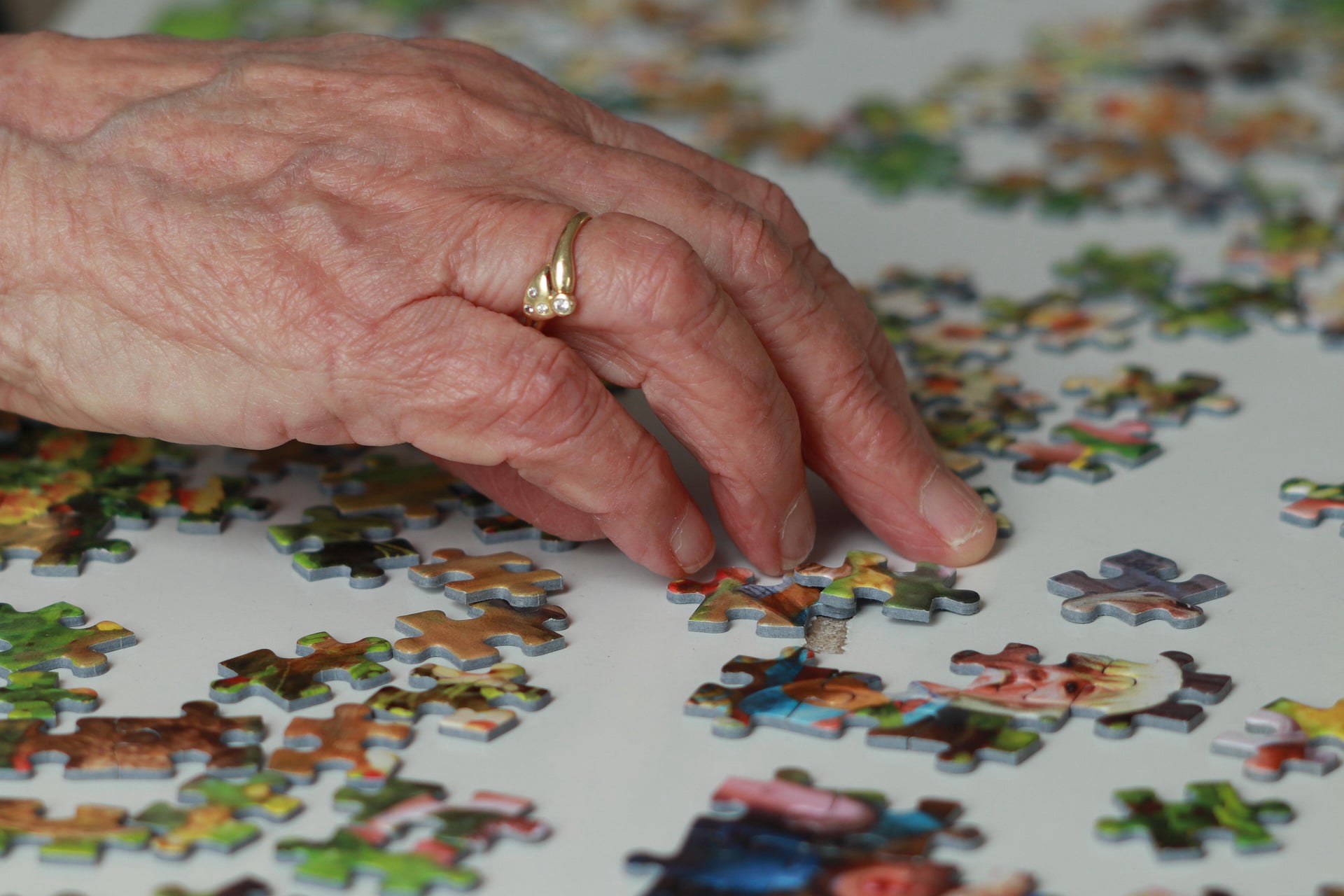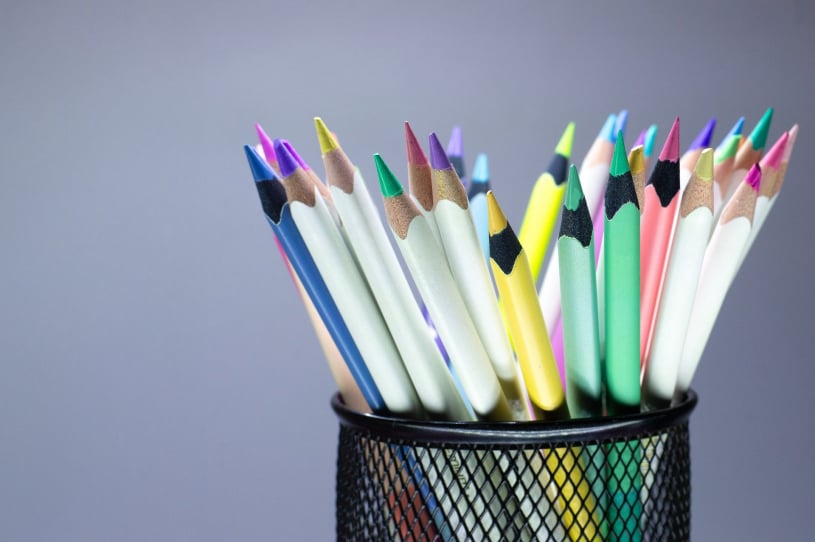
Graphomotor Skills Guide for Older Adults
Preventive Strategies for Maintaining Dexterity and Cognitive Health
Daily Handwriting Practice: Encourage writing by hand as a mental exercise. Keeping a daily journal, writing letters or greeting cards, or copying favorite quotes helps maintain fine motor control and engages memory. Even signing your name or jotting down a to-do list regularly keeps finger muscles active. (Research suggests that repetitive hand exercises can stimulate brain neuroplasticity, supporting motor function.)
Puzzles and Cognitive Games: Regularly doing puzzles (crosswords, Sudoku, word searches) and games (jigsaw puzzles, mazes, card games) exercises the brain and often uses fine hand movements (placing pieces, turning cards). Craft activities like knitting, crocheting, model building, painting, or adult coloring combine hand coordination with creative focus – benefiting both dexterity and mental stimulation.
Hand Exercises: Use simple daily exercises to keep hands strong and flexible:
• Therapy Ball Squeezes: Holding a soft therapy (stress) ball, squeeze it firmly for 5 seconds, then release. Repeat 10–15 times, several sets a day. This builds grip strength in fingers and forearms. Therapy putty can serve similarly (pinch, roll, flatten it).
• Finger Lifts: Place your hand flat on a table. One by one, lift each finger off the table and hold for a count, then lower. Repeat on both hands to increase finger independence.
• Thumb Opposition: Touch each fingertip to the thumb in turn (thumb to index, thumb to middle, etc.), making an “O” shape each time. This sharpens fine coordination and builds the tiny muscles in the palm.
• Wrist Stretches: Flex and extend your wrists gently (forearm on table edge, palm down, lift hand up and down) to maintain wrist mobility, which underlies good handwriting posture.
Tools to Aid Dexterity:
• Adaptive Pens: Purchase pens or pencils with built-up grips or triangular shapes designed for arthritis or tremor (e.g. thick foam grips, “pen again” style). Weighted pens can dampen tremors and stabilize writing.
• Grippers and Putty: Use hand grippers or theraputty (especially mediums resistance) during TV time to strengthen fingers.
• Finger Stretchers/Expander Bands: Rubber bands around fingers and thumbs, then stretch fingers apart, can counteract stiffness.
• Home Helpers: Jar-opening tools, button hooks, and velcro adaptations on clothing reduce the need for precise pinches on ADLs, reducing strain and maintaining function in a supportive way.
Staying socially and mentally active (clubs, classes, volunteering) also indirectly supports cognitive and motor health. Many community centers offer crafting, painting, or calligraphy classes that are both social and beneficial for fine motor skills.

